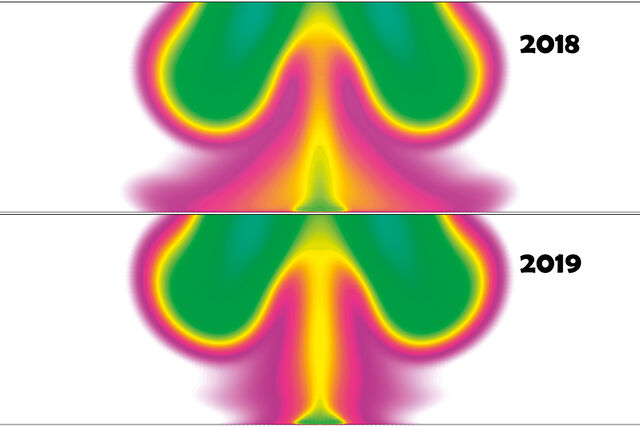mzso wrote: ↑30 Jan 2019, 15:39
But does even F1 deepen understanding? They use CFD tech from whoever they get it from and do a lot of trial and error in wind tunnels and on track to come up with something that works best for them. They use the tech, whether they ever add to it I have no knowledge of.
There's several thousands of terrabytes of data generated in that field, experience is being created, efficiency increases in getting said data. I'd say: yes.
Easily done. Just provide higher downforce (low turbulance) aero kits when necessary, and be done with it.
We can apply that same oversimplified logic on world hunger: to eradicate hunger, just provide food to the hungry places. Easily done.
It's not. I'm not going to spend my time on explaining why; I'm sure you know the answer yourself, but let me give a hint: it required hundreds of hours in the windtunnel just to get an appreciatible understanding of turbulent wake. This is not child's play. For the record, I don't want to say there is no low hanging fruit either. One rather easy to apply solution is to reduce turbulent wake from the wheels through wheel covers. But than you'll be kicking the F1 purist hornet's nest.
And how great of a folly it proved to be, in the name of such superficial reasons.
Each to their opinion, but I'd bet if F1 had the speed of a soapcrate car race, nobody here would be watching. What you call superficial reason is for many, I'd dare say most here, a reason to watch.


